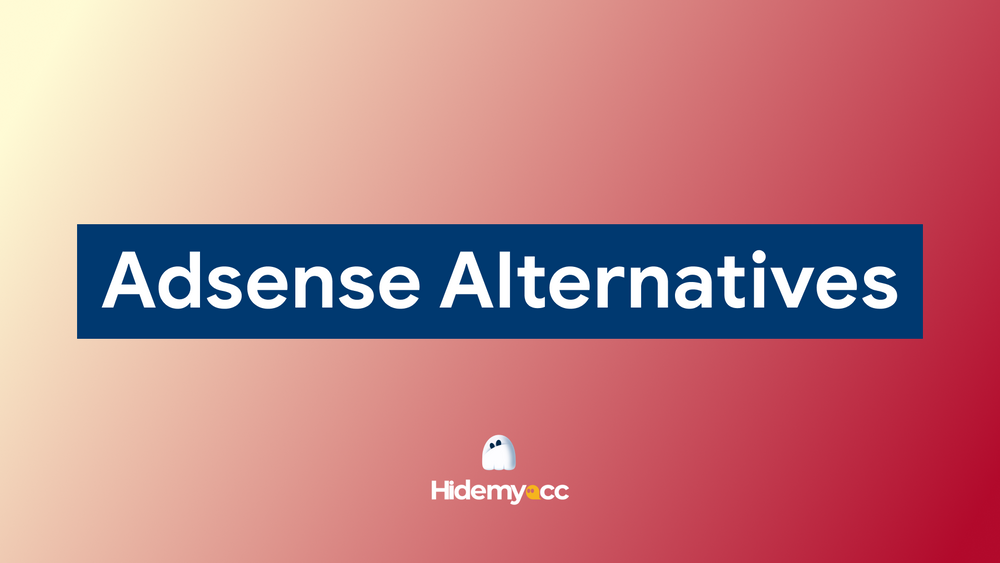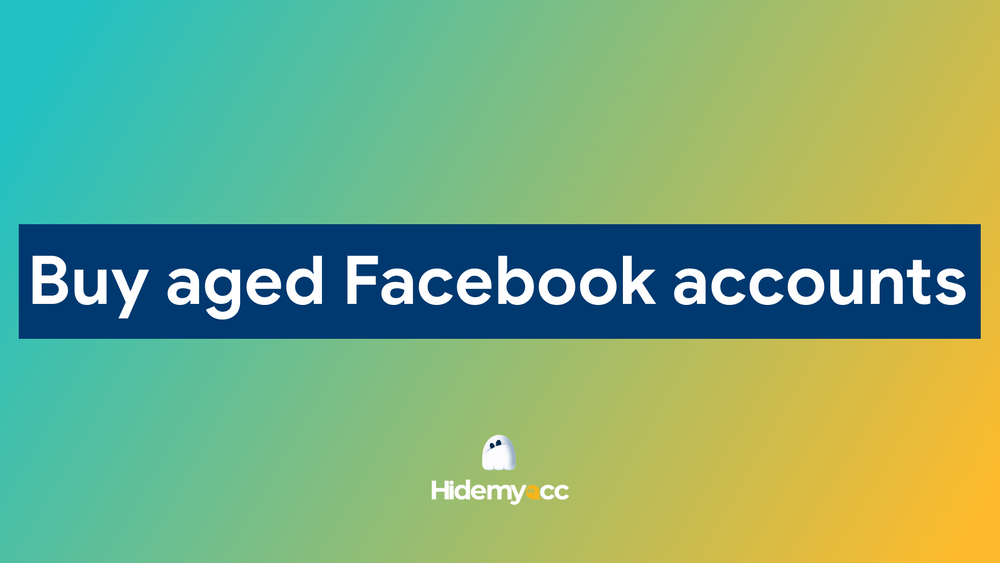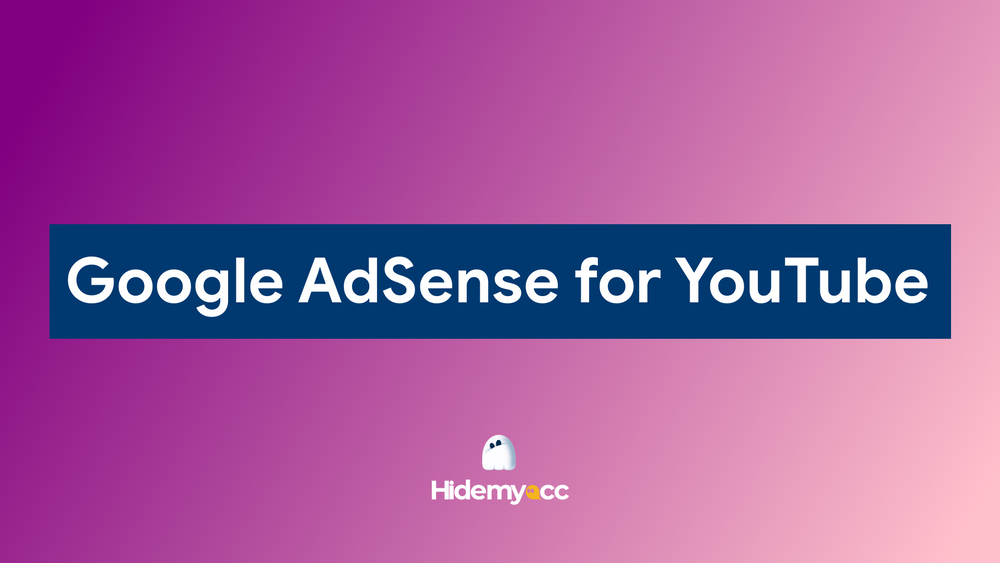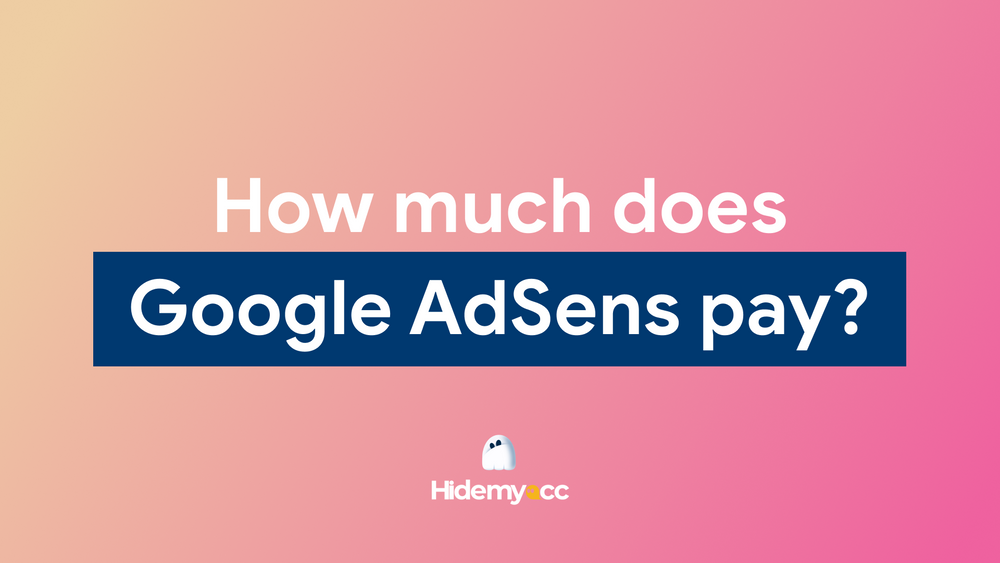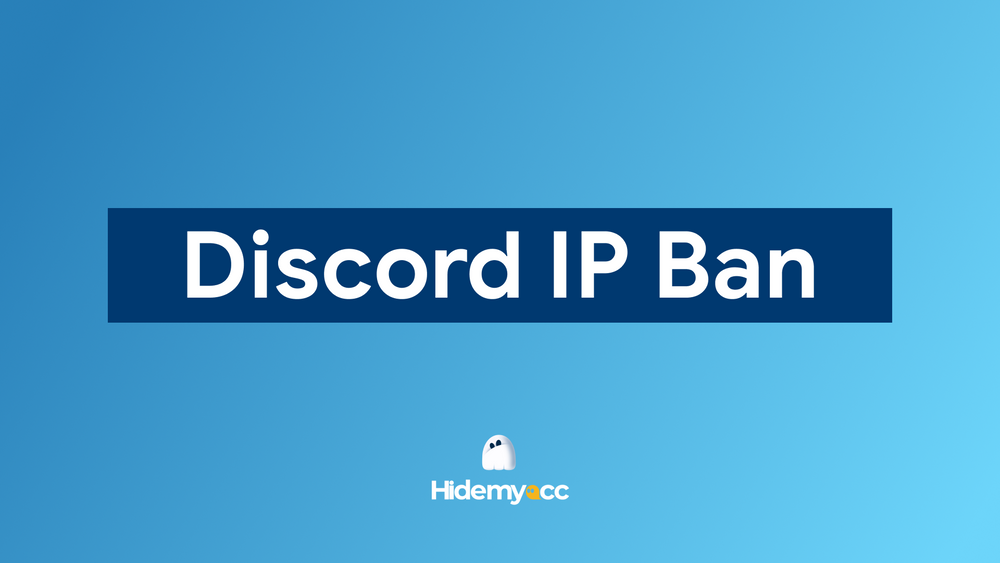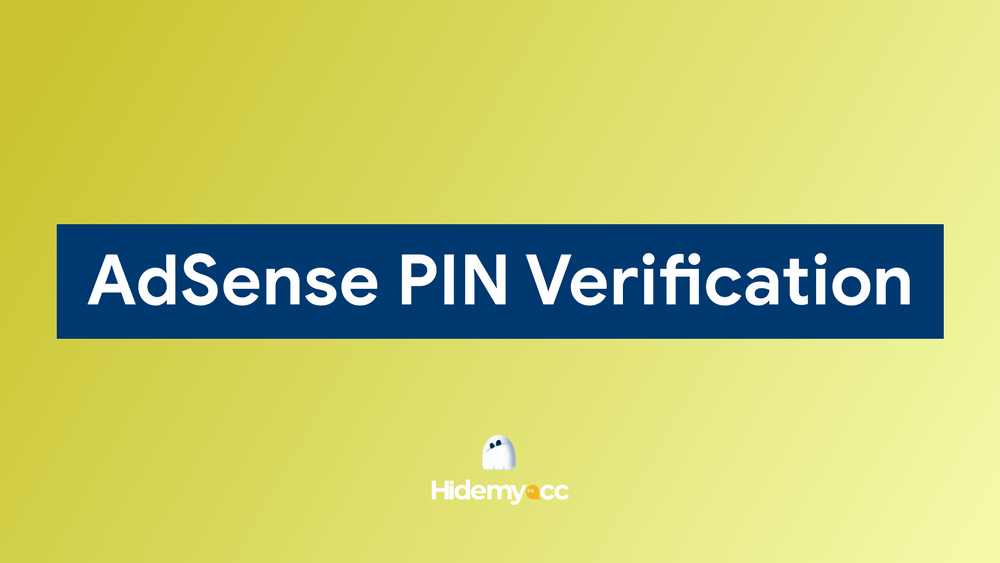As social platforms continue to evolve, Bluesky vs Twitter has become a key comparison for anyone feeling unsure about where to go next. Twitter's shift into "X" came with big changes in algorithms, content rules, and how users interact with the platform. Many people are now turning to Bluesky as a possible alternative that offers more freedom and control. In this article, Hidemyacc will walk you through the key differences between the two platforms to help you find the one that fits you best.
1. What are Bluesky and Twitter?
At first glance, Bluesky and Twitter may seem quite similar. Both allow users to post updates, follow others, and join public conversations. But when you look under the surface, they are built on very different foundations. To understand how they compare, it helps to look at what each platform actually is.
1.1. What is Bluesky?
Bluesky (https://bsky.app/) started as a side project inside Twitter but later became independent with a mission to build a more open social internet. It runs on the AT Protocol, a system designed to support decentralization. Instead of everyone being part of a single, company-controlled platform, users on Bluesky can choose different servers, each with its own moderation rules and content feeds.
This means you can shape your own experience in a way that isn't possible on most traditional platforms. You decide what kind of content you want to see, how it’s filtered, and even where your account is hosted. Bluesky is still growing, and for now, access is invite-only. But for many early adopters, it offers a sense of freedom and transparency that feels refreshing compared to larger, more rigid networks.
1.2. What is Twitter?
Twitter (https://x.com/) launched in 2006 and became famous for real-time updates, public discussions, and trending topics. It operates as a centralized platform, meaning all decisions around content, algorithms, and policy are controlled by one company. This model helped Twitter grow quickly and maintain consistency across a huge global user base.
In recent years, especially after its rebrand to "X," Twitter has changed how it works behind the scenes. Algorithms now decide much of what users see, monetization options are tightly controlled, and some features have shifted behind paywalls. While it still offers reach and influence, many users feel that their experience is increasingly shaped by decisions they can’t see or change.
Read about Twitter:
- Why is my Twitter account suspended? How to recover it fast
- Shadowbanned Twitter: How to tell and What to do next
- Automate Twitter outreach - Best tools & multi-account management with Hidemyacc
Bluesky and Twitter may offer similar tools on the surface, but the philosophy behind them sets them apart.
2. How does content reach you on each platform?
When comparing Bluesky vs Twitter, one of the clearest differences is how each platform chooses what shows up in your feed. The way content is delivered affects not only what you see, but also how you interact and feel while using the platform. Let’s look at how both systems work behind the scenes.
2.1. How does Bluesky handle your feed?
Bluesky takes a different approach by letting users decide how their feed works. Instead of relying on a single algorithm, it allows you to follow custom feeds created by developers, communities, or even by yourself. Each feed has its own rules for selecting posts, which gives you control over what type of content you want to see.
You might follow a feed that shows only posts from people you follow, or another that focuses on recent updates across the entire network. If you prefer a curated experience, you can choose a feed designed to highlight specific topics or voices. This system encourages personalization and puts the power in your hands rather than leaving it to a hidden algorithm.
2.2. How does Twitter decide what you see?
Twitter, now known as X, mainly uses a central algorithm to build your timeline. By default, most users see the "For You" tab, which is shaped by what the platform thinks you will find interesting. This includes tweets from accounts you do not follow, trending content, and paid promotions.
The system ranks posts based on engagement, recency, and your past behavior. While this can help surface popular or viral tweets, it also means you might miss posts from friends or smaller accounts. Unlike Bluesky, Twitter gives you limited control over how your feed is built, which can make the experience feel less personal.
In the end, Bluesky focuses on giving you choices. Twitter focuses on giving you what the system believes you want. Each method has its strengths, but they lead to very different user experiences.
3. Which platform gives you more engagement and reach?
A big part of choosing a social media platform comes down to where your voice will be heard. In the conversation around Bluesky vs Twitter, many users are curious about which one offers better visibility, faster growth, and more chances to connect with others. Let’s break it down.
3.1. What does engagement look like on Bluesky?
Bluesky is still a smaller network compared to Twitter, which means fewer users and less competition for attention. Posts often get noticed more easily, especially within active communities. Because many users join through invite codes and share common interests, conversations can feel more thoughtful and personal.
However, the smaller user base also means that content may not spread as widely. If you’re trying to go viral or reach a very large audience, Bluesky may feel more like a tight-knit space than a global stage. Still, the quality of engagement tends to be higher, and creators often appreciate the slower but more supportive environment.
3.2. How does Twitter handle reach and virality?
Twitter’s massive user base gives it a major advantage in terms of reach. A single tweet can be seen by thousands or even millions if it gains traction. Hashtags, trending topics, and retweets help content move fast. For creators, brands, and influencers, this visibility is one of the main reasons to stay active on the platform.
But with more users comes more noise. It can be hard to stand out unless you already have a following or know how to work the algorithm. Some users also feel that engagement on Twitter is often shallow, with fewer meaningful replies and more surface-level reactions.
If your goal is to build deep connections and engage in real conversations, Bluesky might be the better fit. If you want reach and visibility at scale, Twitter still holds the upper hand.
4. Who respects your privacy more: Bluesky or Twitter?
One of the biggest concerns users have when choosing a social platform is how their personal data is handled and how content is moderated. Looking at Bluesky vs Twitter, the two platforms take very different approaches to these issues, and that can strongly affect your overall experience.
4.1. How does Bluesky handle privacy and moderation?
Bluesky puts a strong focus on user control. Since it runs on a decentralized system, users can choose which server to join. Each server has its own moderation policies, which means the rules are not controlled by one central company. If you're not happy with the moderation on one server, you can switch to another without losing your account or followers.
The platform also gives users tools to filter their own feed. You can select what kind of content to see, block unwanted topics, and even follow feeds that align with your own values or interests. This flexibility helps users feel safer and more in control of their experience.
4.2. How does Twitter handle privacy and moderation?
Twitter is a centralized platform, which means all moderation and data policies are controlled from the top. The platform has clear rules about what is allowed, and it uses automated systems along with human reviewers to enforce them. While this allows for consistency across the network, it also means users have less choice in how content is handled.
In recent years, Twitter has faced criticism for how it manages privacy and handles harmful content. Some users feel that decisions about bans or restrictions are not always clear or fair. Others are concerned about how the platform collects and uses personal data, especially in connection with targeted ads.
If having control over your feed and moderation style matters to you, Bluesky may offer a more flexible and transparent experience. Twitter still sets the rules across the entire network, which some users find limiting.
5. Which platform gives more to creators and brands?
If you're a content creator, a business, or someone trying to build an audience, the tools a platform offers can make a big difference. Between Bluesky vs Twitter, each platform supports creators in different ways. Let’s take a look at what you can expect from both.
5.1. What does Bluesky offer for creators and brands?
Bluesky is still growing, so its tools for creators and businesses are fairly basic for now. There are no built-in monetization features, no advertising system, and limited analytics. However, what it does offer is a focused, supportive environment where creators can connect more directly with their audience.
Because users on Bluesky tend to be early adopters and community-driven, engagement often feels more meaningful. There’s also no heavy algorithm to compete with, which means your posts are more likely to reach people who actually want to see them. For creators who value connection over reach, Bluesky can be a refreshing space to grow.
5.2. What does Twitter offer for creators and brands?
Twitter has long been a powerful tool for creators, marketers, and public figures. It provides access to a massive audience and a full suite of tools like paid promotions, advanced analytics, media-rich posts, and monetization features such as Super Follows and ad revenue sharing for eligible accounts.
However, this visibility often comes with challenges. To stay relevant, you need to play by the platform’s algorithm and compete for attention. Promotions and sponsored content are common, and organic reach can be unpredictable. Still, for creators who want to grow fast and reach a global audience, Twitter offers scale that Bluesky can’t match, at least not yet.
If you're focused on building close-knit engagement, Bluesky may suit your style. If you're looking for wide exposure and advanced tools, Twitter remains the more developed option.
7. Bluesky vs Twitter at a glance: What’s better for you?
If you're trying to decide between Bluesky and Twitter, sometimes a quick side-by-side view makes things easier. While both platforms offer a place to share thoughts and connect, their core features and values are quite different.
Here’s a simple comparison to help you see which one might suit your needs better:
|
Feature |
Bluesky |
Twitter (X) |
|
Ownership |
Independent, decentralized |
Privately owned, centralized |
|
Feed control |
Customizable with user-created feeds |
Algorithmic by default, limited control |
|
Moderation style |
Server-based, user chooses moderation rules |
Platform-controlled, global rules |
|
Audience size |
Small but growing |
Very large and global |
|
Monetization tools |
Not yet available |
Super Follows, ad revenue, promotions |
|
Privacy flexibility |
More control over visibility and filters |
Limited settings, data used for ads |
|
Access |
Invite-only (for now) |
Open to all |
|
Community tone |
Niche, close-knit, early adopter vibe |
Diverse, fast-paced, sometimes chaotic |
Both platforms are evolving, and what works best for you depends on your goals. If you're looking for creative freedom, more privacy, and smaller communities, Bluesky might be the better fit. If reach, features, and global presence are more important, Twitter still leads in those areas.
8. Why are so many people moving to Bluesky?
There isn’t just one reason people are making the switch from Twitter to Bluesky. For many, it’s a mix of frustration with Twitter and curiosity about a platform that feels more open and user-focused. Here are some of the most common reasons users are making the move:
- More control over what you see: Users can choose custom feeds and moderation settings, rather than being stuck with one algorithm.
- A calmer and more thoughtful community: Because Bluesky is still invite-only and niche, conversations tend to be slower, friendlier, and less reactive.
- No aggressive algorithm: Posts aren’t ranked by engagement tricks or promoted content, so what you see feels more natural and direct.
- Fewer ads and distractions: Bluesky doesn’t rely on advertising, so feeds are cleaner and less commercial.
- Transparency in how the platform is built: The open-source nature of Bluesky makes many users feel that the platform is more accountable and user-first.
- A fresh start without legacy clutter: Some users enjoy starting fresh without years of old content, toxic trends, or shadowbans.
For many people, Bluesky feels like the version of Twitter they’ve been missing. It’s still early days, but the shift reflects a deeper desire for platforms that listen, adapt, and let users shape their own experience.
9. Managing multiple social accounts the safe way
If you're exploring both Bluesky and Twitter, whether out of curiosity or for work, you might find yourself juggling multiple accounts at the same time. Some people are testing the platforms side by side, while others are running personal profiles, brand pages, or community-focused accounts. Managing all of that from one device can be risky, especially when platforms are quick to flag unusual behavior or overlapping logins.
Antidetect browser Hidemyacc offers a simple and secure way to handle multiple accounts without running into those problems. It lets you create isolated browsing environments where each account can operate independently. These environments don’t interfere with one another, which means you can switch between accounts smoothly while reducing the risk of detection or bans.
Whether you're managing social media accounts for clients, building several profiles for growth, or just testing what works best on each platform, Hidemyacc helps you stay organized and protected. It's especially useful for marketers, creators, and anyone working with social platforms in a more advanced way.
10. Conclusion
When comparing Bluesky vs Twitter, the better choice really depends on how you prefer to interact and build your presence online. Twitter brings a massive audience and feature-rich tools that work well for creators and brands aiming for visibility. Bluesky leans more toward user control, thoughtful conversations, and a slower, more personal pace. If you're managing accounts across both platforms, a tool like Hidemyacc can help you stay organized and avoid common risks. In the end, the best platform is the one that aligns with your goals and gives you the kind of experience you actually enjoy.
You can read more about Bluesky vs Threads: Which platform is winning the social media shift?
11. FAQ
1. Is Bluesky as good as Twitter?
Bluesky is better for privacy and user control, while Twitter is stronger for reach and built-in features. If you care more about thoughtful interaction and fewer ads, Bluesky may feel more comfortable.
2. Why change from Twitter to Bluesky?
Many users switch to Bluesky for more control over their timeline and fewer algorithm-driven distractions. It offers a quieter, more customizable space to share and connect.
3. Is Bluesky still owned by Twitter?
No, Bluesky is now completely independent. It started as a Twitter-funded project but operates separately with its own team and vision.
4. Why is everyone switching to Bluesky?
Because Bluesky gives users more freedom to shape their experience. Its community-driven structure and lack of aggressive ads or trending noise are key reasons people are moving over.
5. Does Bluesky allow NSFW content?
Yes, NSFW content is allowed if properly labeled. Each server may apply its own moderation rules, so content visibility depends on where you post.
6. Why are people leaving Twitter for Bluesky?
Users are leaving due to increased ads, reduced visibility, and lack of trust in Twitter’s direction. Bluesky offers a cleaner alternative where you control more of what you see.
7. Is Bluesky free to use?
Yes, Bluesky is free, but access currently requires an invite code. Once in, there are no paid features or ads pushed onto your feed.
8. What isn’t allowed on Bluesky?
Hate speech, illegal content, and harassment are not allowed. Because Bluesky is decentralized, each server has its own moderation rules, which you can choose to follow or leave.

